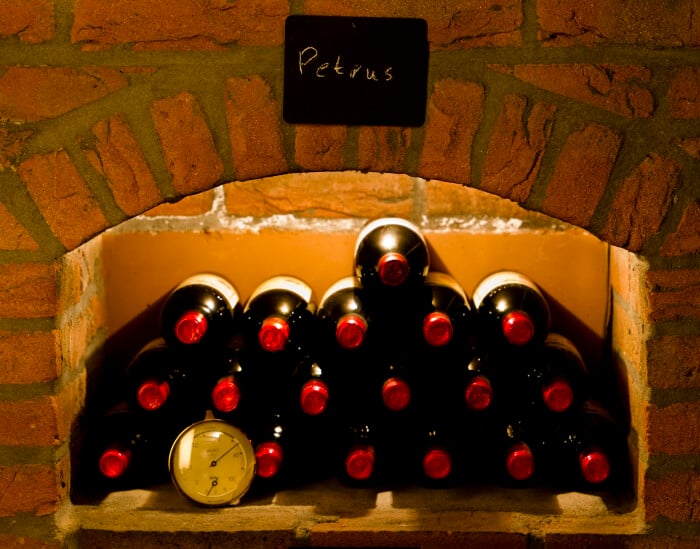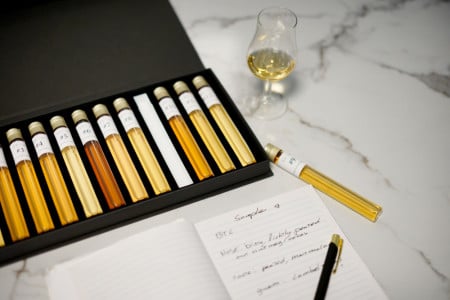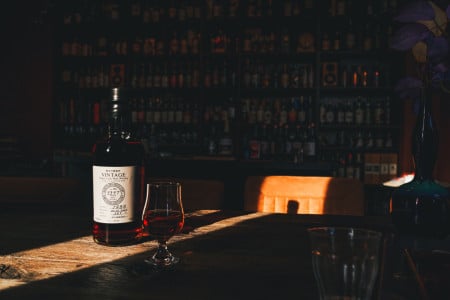As with everything to do with wine, wine storage can also be a science in itself. However, if you want to give your best vintages a few extra years of maturing, it is perfectly justified to do so.
To avoid disappointment, it is indeed advisable to bear a few things in mind to ensure that nothing goes wrong during storage. The keys to enjoyment in this case are, above all, constant temperature, ideal humidity, adequate ventilation, excellent light protection and guaranteed peace and quiet. To come to the point: hardly any private cellar can perfectly meet all the requirements.That's why we'll start by explaining the ideal conditions - and then show you the leeway you have.






